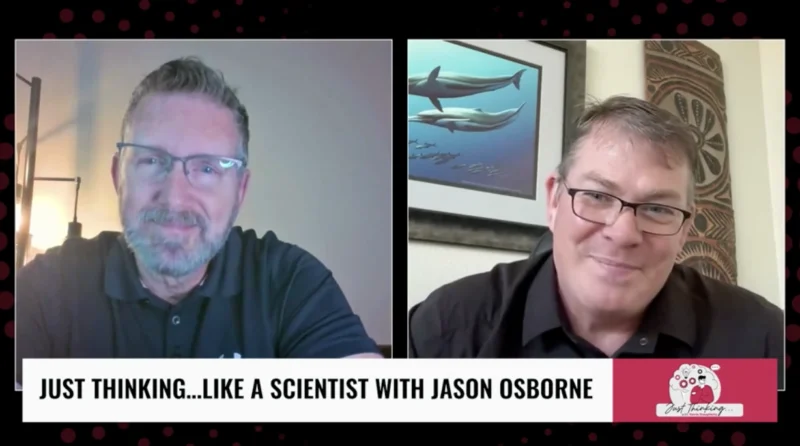What It Takes to Resupply the International Space Station
On April 17, Virginia-based aerospace and defense company Northrop Grumman launched the Antares™ rocket along with the company’s Cygnus™ spacecraft, carrying about 7,600 pounds of cargo for the astronauts onboard NASA’s International Space Station.
“Space station cargo resupply has been my favorite and most extensive program,” said aerospace engineer Jasper Nance.
Nance, who works for Northrop Grumman, but does not speak for the company, has launched vehicles, CubeSats, spacecrafts and has done ground station development for radio satellites to name a few, explained how the process of launching such things into space typically goes.
The Schedule
“Spacecraft, as well as launch vehicle development is a very drawn-out process and you wouldn’t believe the amount of time you spend testing,” Nance began to describe.
Nance explained that depending on the missions, projects can take anywhere from two to 10 years before launch. There are various factors that must be taken into consideration.
“Of course, the biggest question is, will people be on board? If humans are on board, the game gets that much harder,” Nance said.
Routinely, in aerospace, there are three phases, according to Nance. The proposal, which is a generic outline of what is intended to be built. A contract detailing generic cost, time to create and complete the project is given as a response.
“Of course, since you only have a small amount of time to write the proposal, it might not actually reflect the final design exactly,” revealed Nance.
The Process
Next, the preliminary design review (PDR) takes place. During this stage, engineers finalize the design and present it to the customer with updated cost, anticipated schedule and a list of potential risks. Dependent on the client, a series of follow up reviews may take place, or the designs are given the go-ahead, allowing the team of engineers to move onto the next stage.
The critical design review (CDR), is when the designs have been locked down. Any changes must be approved by the client and usually an internal change board. All modifications must be explicated as to why it needs to happen.
“The further along in the mission you get, the more expensive changes become, both as to budget and schedule,” Nance said.
Parts like rocket engines go through a rigorous qualification test. Each part is put through excessively extreme temperatures, vibration and shock levels to show what the part can handle. Ideally if the part survives well into the extreme conditions and extended time, the better it is for all involved.
“If your rocket engine needs to fire for five minutes for a flight, maybe you fire it for 15 minutes,” said Nance, “Maybe you fire it 30 times for 15 minutes, whatever it takes to get comfortable that it will work right.”
With commercial space applications, developments (despite being very costly with time and finance) must be done at least once.
“The testing is so mission-specific though,” Nance explained. “Are you building a space telescope? A weather satellite? a communication satellite?”
Is It Ready?
Nance says the goal is sticking with a design that needs only small tweaks over time. Overall, reliability is key to any project being launched outside the earth’s atmosphere. With satellites, ideally a 10 to 20-year life span without need of touch-ups is desired. Launch vehicles are put to the test thousands of times continuously to ensure that they do not explode.
Nance cheerfully put it,
“As they say in the industry, ‘you are only as good as your last launch’. If you blow up a rocket nobody wants to be the follow-on payload.”
For the latest news, videos, and podcasts in the Science Industry, be sure to subscribe to our industry publication.
Follow us on social media for the latest updates in B2B!
Twitter – twitter.com/ScienceMKSL
Facebook – facebook.com/marketscale
LinkedIn – linkedin.com/company/marketscale








